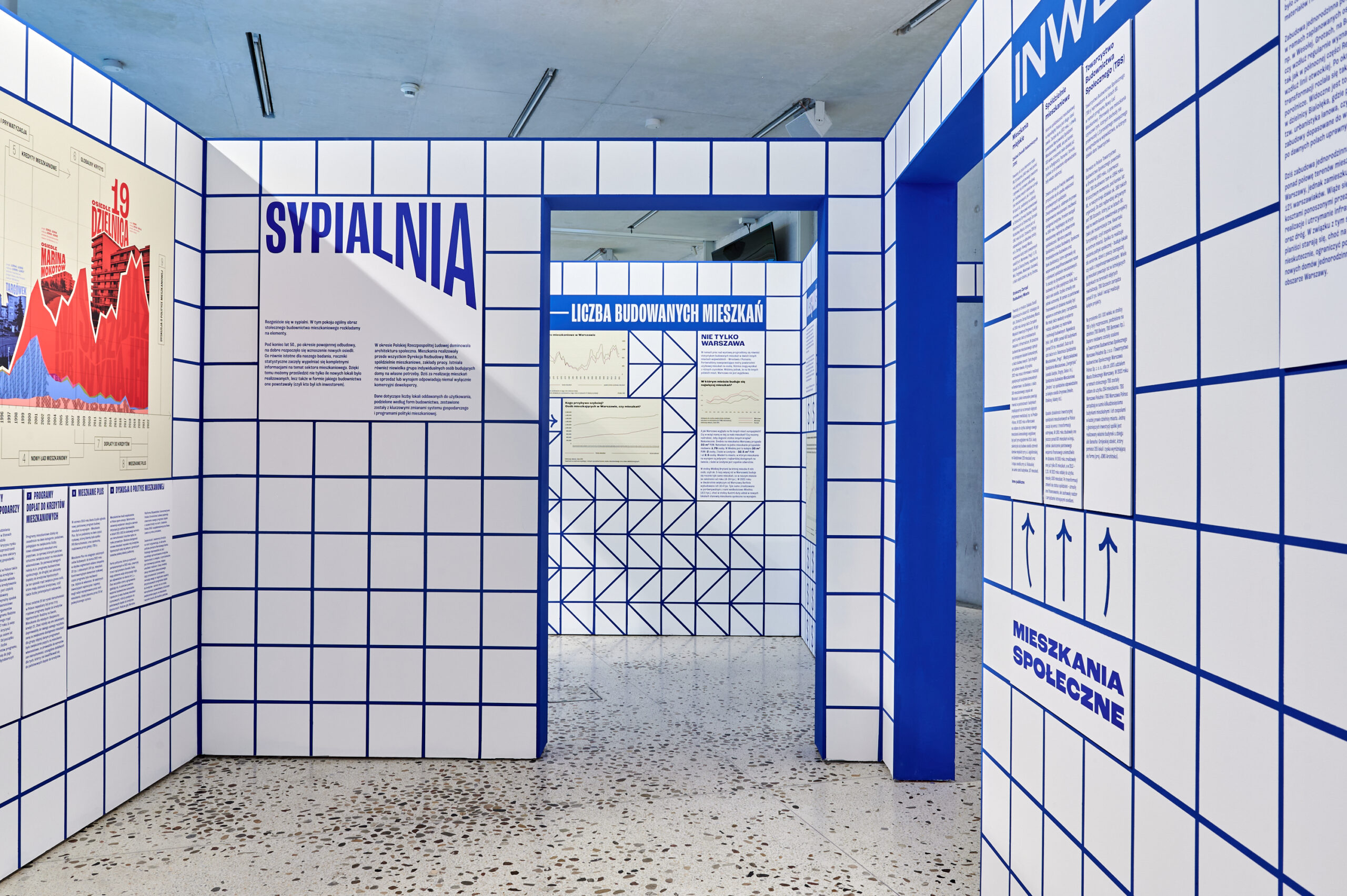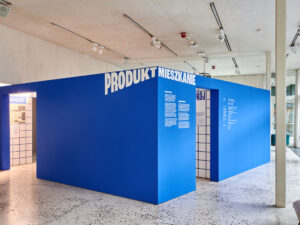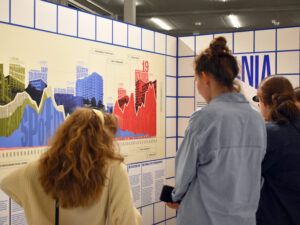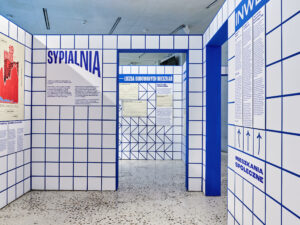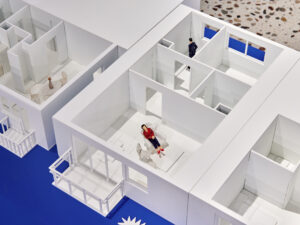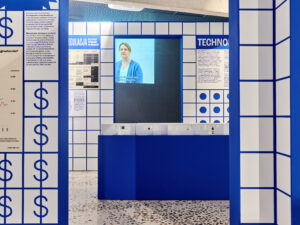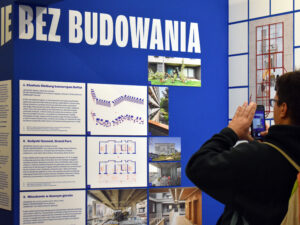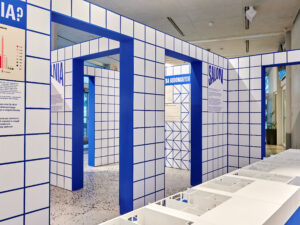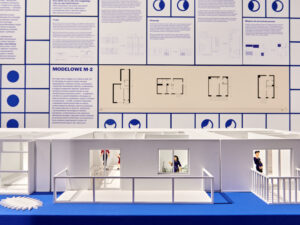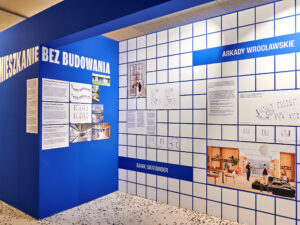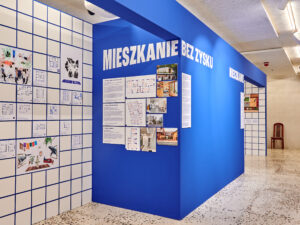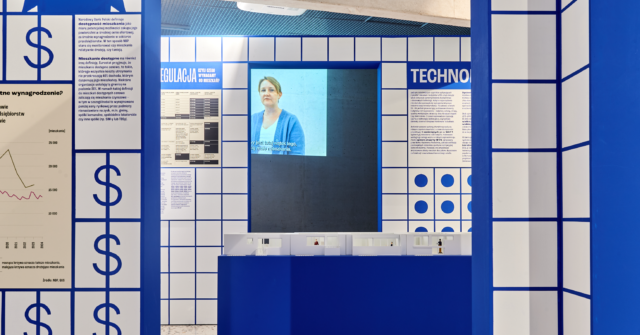
What is the purpose of the apartment?
Housing has recently become one of the hottest topics discussed in public debate. There is no doubt that we are currently facing a housing affordability crisis in all large Polish cities. It applies to both apartments for rent and for sale.
However, the exhibition does not present a catalog of solutions to this crisis, it focuses on presenting its systemic conditions. The curators of the exhibition decided to examine not only the problems of finding a roof over one’s head, but also what the problem itself is like. They considered whether the roof met our needs and whether we lived well under it. They examined typical Warsaw apartments built in various economic systems, comparing their size and room layout. They paid particular attention to the fact that not only the price of new apartments is important, but also their quality.
The space of the apartment affects our life choices, well-being and health, regardless of whether we spent all our savings on purchasing it or rent it. In the investment and construction process, it is often forgotten that the result should be a house. A house that is intended to serve as a place to live.
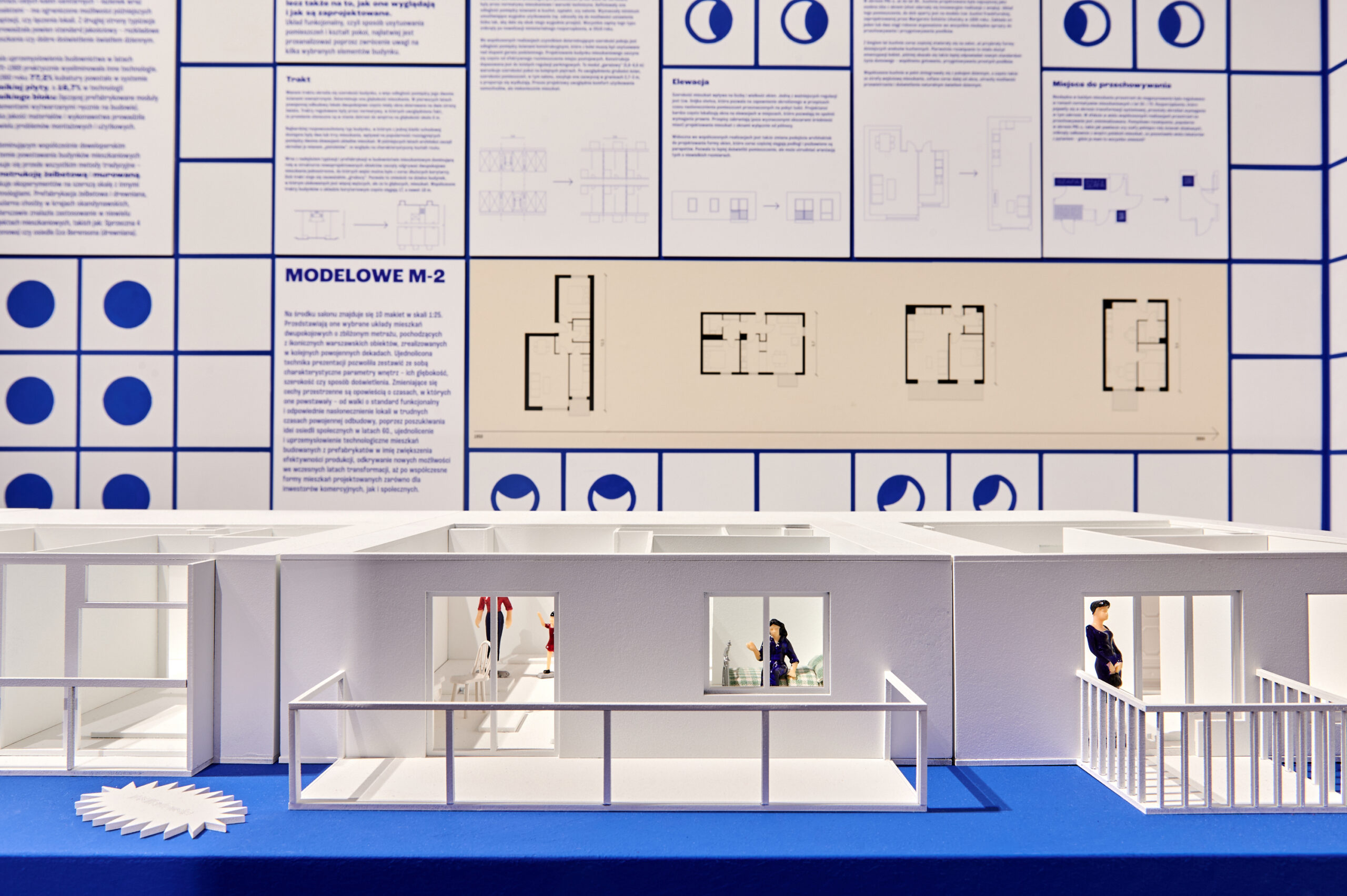
Apartment as a product.
Housing is the product of a complex process. It is not only a “machine for living”, the form of which is designed to fulfill its function most effectively – to provide a place for everyday life, rest or even work. The apartment is also part of the systemic structure – its form is the result of the policy and adopted regulations, and at the same time serves to achieve financial profits.
The exhibition shows the development of the housing system in Warsaw: from the Polish People’s Republic, through the first market implementations, to today. It presents the current situation in which multi-family housing is increasingly used as a financial investment. It examines how systemic changes affect the shape and quality of apartments being built – what do Warsaw apartments look like and who are they for?
How do we want to live?
During the October workshops, participants, including students from the Warsaw and Wrocław Universities of Technology and the University of Arts in Poznań, explored the future of residential architecture. They wondered how systemic changes may affect the space of the designed premises. They examined three possible development paths for the housing system, oscillating between full commodification and social utopia. We present the results of these considerations at the exhibition.
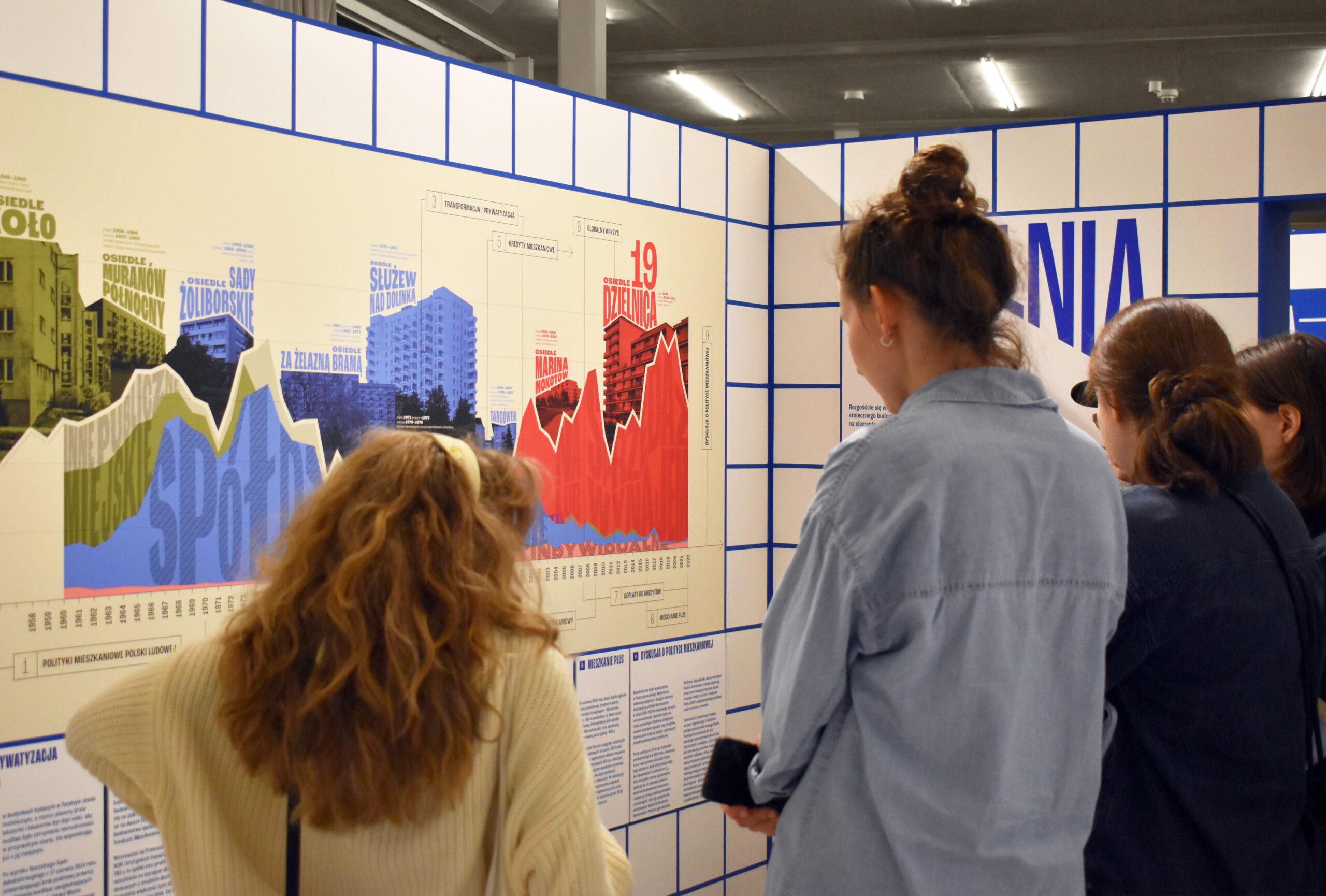
Side events:
- 17.11 – 4 p.m. & 6 p.m. – Parapetówka i oprowadzanie | Produkt Mieszkanie
- 1.12 – 10 a.m. – Moje M3: Modułowe Mieszkanie Marzeń | Warsztaty dla dzieci
- 6.12 – 6 p.m. – Mieszkania dla wolności! Wykład Joanny Kusiak
- 8.01 – 6 p.m. – Mieszkanie prawem, czy produktem? Oprowadzanie kuratorskie
- 9.01 – 6 p.m. – Koalicja Pustostanów
- 17.01 – 6 p.m. – Dutch housing innovations | NL Architects + Arie Lengkeek
- 19.01 – 12 a.m. – Osiedle dostępne | Warsztaty rodzinne
- 25.01 – 4 p.m. – Oprowadzanie z Widokami
- 2.02 – 12 a.m. – Mieszkanie 1:1 | Warsztaty rodzinne
- 16.02 – 4 p.m. – Finisaż i premiera powystawowego numeru Rzutu!
Creators of the exhibition:
Curatorial team:
- Zofia Piotrowska, Łukasz Stępnik, Milena Trzcińska
Organisers:
Partners:
Organisational cooperation:
- ZODIAK Warszawski Pawilon Architektury – Monika Komorowska, Wiola Januszko, Artur Wosz, Natalia Cichoń
Exhibition scenography design:
- Studio Widoki, Łukasz Stępnik, Milena Trzcińska, Dominika Bednarek
Graphic project:
- Marta Lissowska
Scientific development of the content:
- Anna Cymer, Małgorzata Mader, Kamil Trepka
Consultation:
- dr Barbara Audycka, prof. Marek Bryx, Hanna Milewska-Wilk, Kazimierz Kirejczyk
Video and photo:
- Krystian Furman, Kuba Rodziewicz
Editing and language correction:
- Karolina Matysiak
Miniature models:
- Piotr Musiałowski
Workshop participants:
- students of Faculty of Architecture of Warsaw University of Technology, Wrocław University of Science and Technology and University of Arts Poznań
Media patronage:
